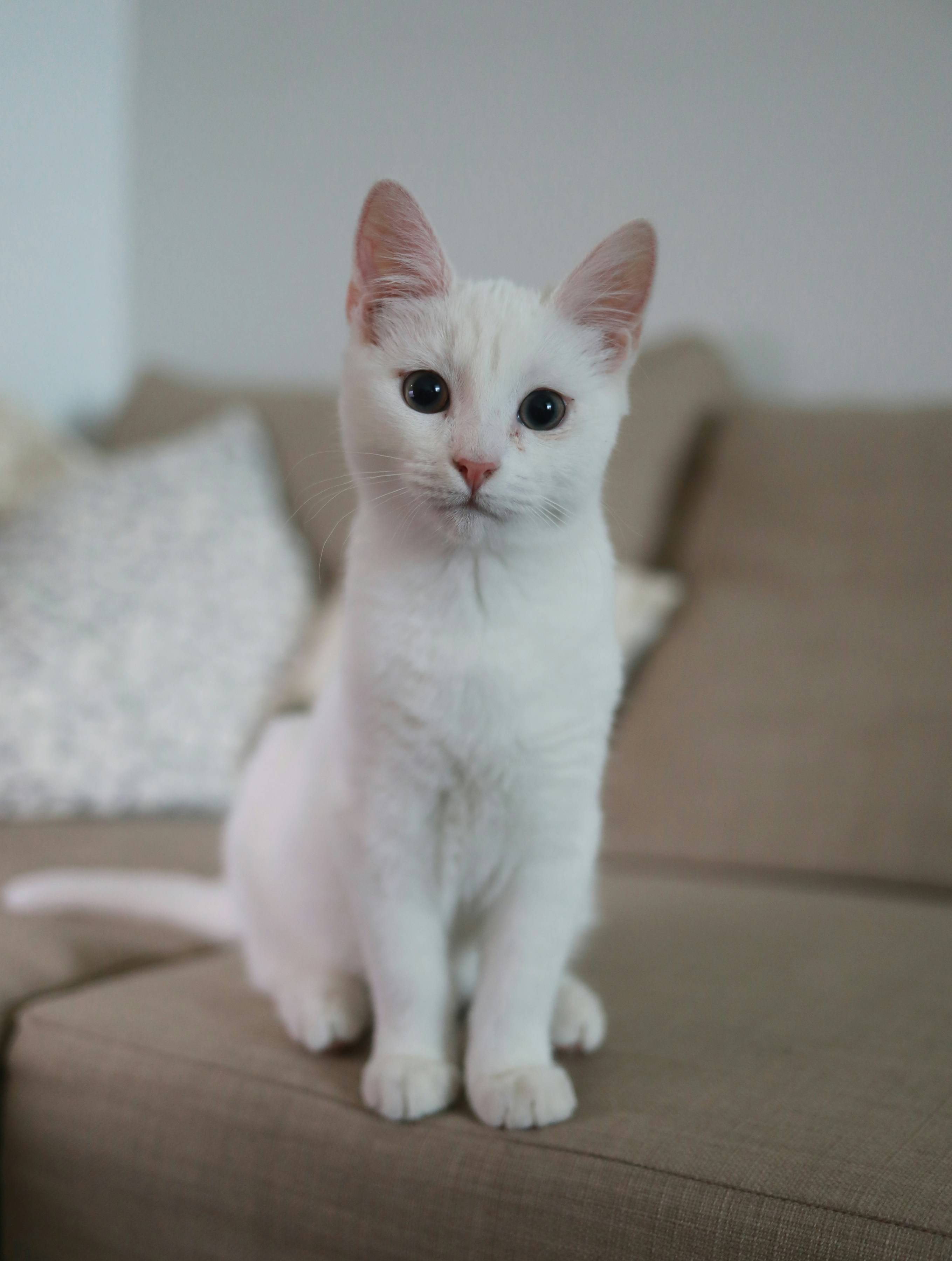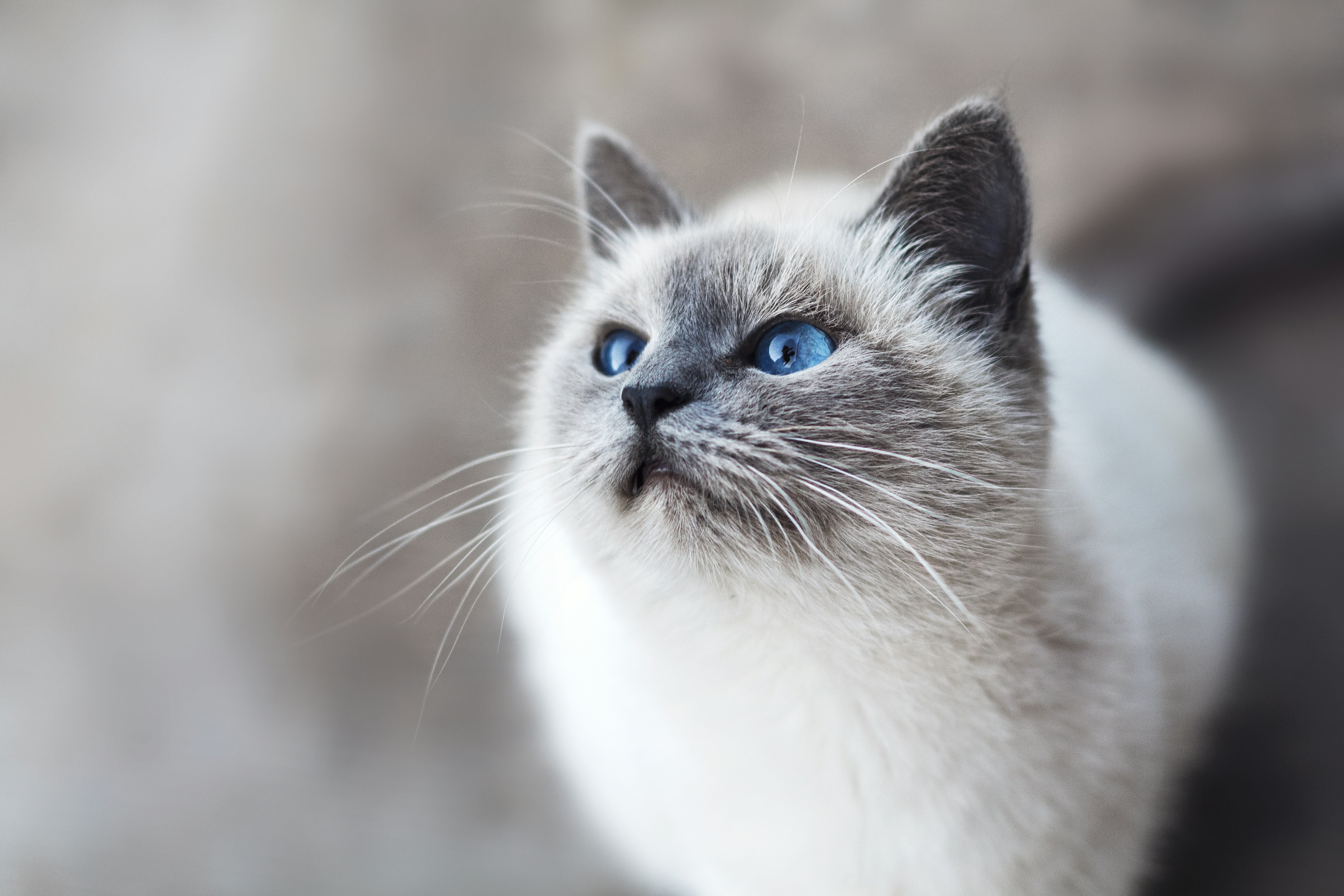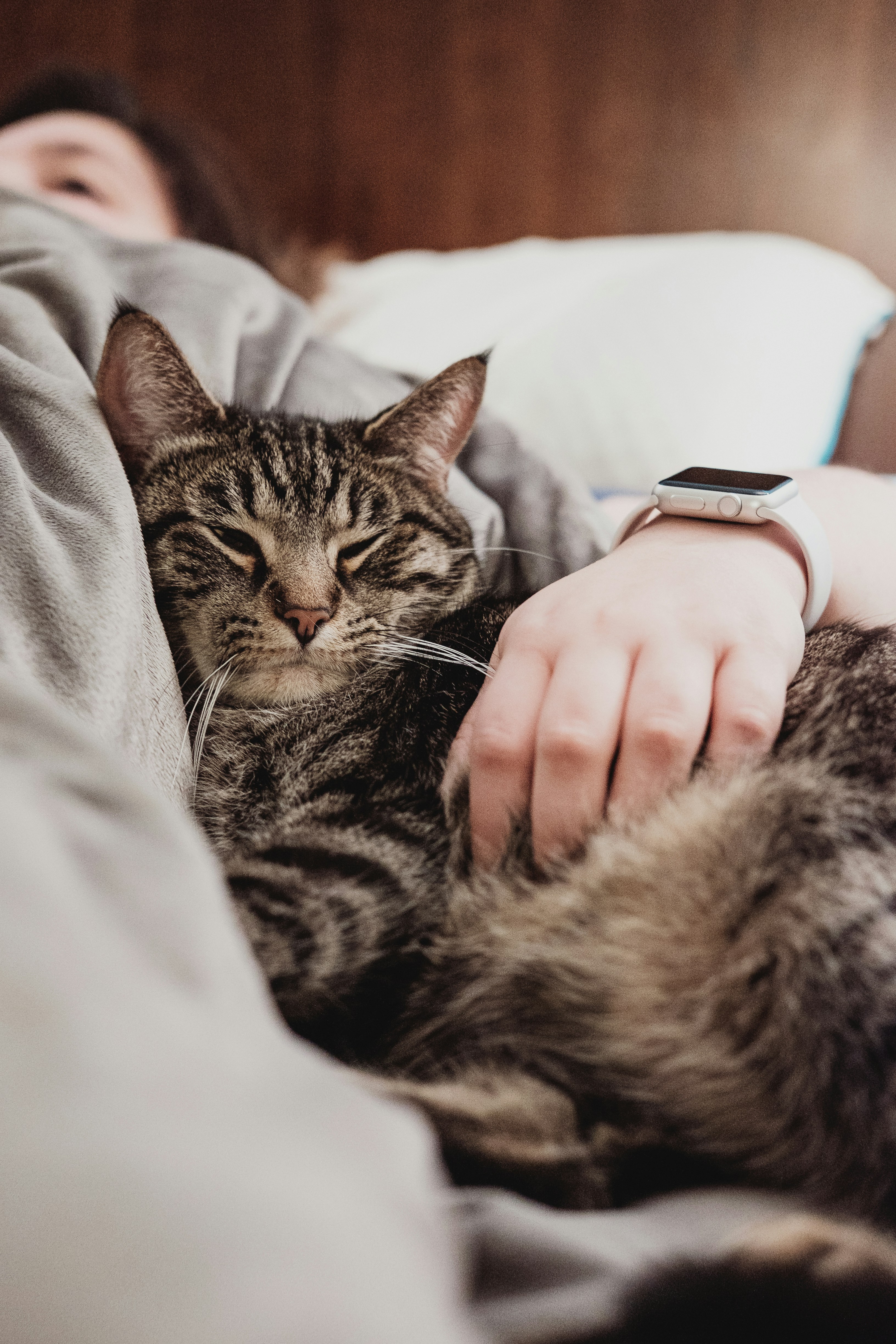If you’re a cat owner, you understand the importance of providing a safe and comfortable environment for your feline companion. With the abundance of cat litter options available, it can be overwhelming to choose the right one for your furry friend.
In this article, we will explore the question that many cat owners have been asking: are pine pellets safe for cats? By examining the potential benefits as well as any potential risks associated with pine pellet litter, we will help you make an informed decision for the well-being of your beloved pet.
What are Pine Pellets?
Definition of Pine Pellets
Pine pellets are a type of cat litter made from compressed pine sawdust. They are typically formed into small cylindrical shapes, similar to conventional clay litter pellets. Pine pellets are an all-natural and environmentally friendly alternative to traditional litters.
How Pine Pellets are Made
Pine pellets are made by grinding and compressing pine sawdust into pellet form. The sawdust is obtained from sustainably managed pine forests, ensuring that the production of pine pellets has minimal impact on the environment. The pellets are then thoroughly dried to reduce moisture content and ensure maximum absorbency.
Understanding Cat Litter
Types of Cat Litter
There are various types of cat litter available in the market, each with its own advantages and disadvantages. Some popular options include clay-based litters, silica gel crystals, recycled paper pellets, and grass or wheat-based litters. Each type of litter offers different characteristics such as odor control, clumping ability, and environmental impact.
Importance of Choosing the Right Cat Litter
Choosing the right cat litter is essential for maintaining your cat’s hygiene and overall well-being. Cats are naturally clean animals and require a litter that not only provides a comfortable place to eliminate waste but also controls odors and minimizes dust. Additionally, the litter should be safe for your cat’s health and not cause any allergies or respiratory problems.
Using Pine Pellets as Cat Litter
Benefits of Pine Pellets as Cat Litter
Pine pellets offer several benefits when used as cat litter. These include superior odor control, excellent absorbency, low dust and allergen levels, natural and environmentally friendly composition, and cost-effectiveness. These advantages make pine pellets an attractive choice for both cats and their owners.
Odor Control
One of the significant benefits of using pine pellets as cat litter is their excellent odor control capabilities. The natural properties of pine help neutralize and reduce unpleasant odors, keeping your home smelling fresh. Pine pellets absorb moisture effectively and inhibit the growth of odor-causing bacteria.
Absorbency
Pine pellets are highly absorbent, making them ideal for cat litter. As the pellets come into contact with moisture, they break down into sawdust, which quickly absorbs the liquid. This absorbency helps to keep the litter tray dry, reduce the chances of tracking, and makes cleaning easier.
Dust and Allergen Levels
Unlike some other types of cat litter, pine pellets have low dust and allergen levels. This is especially important for cats with respiratory sensitivities or allergies. The minimal dust and allergen levels in pine pellets provide a healthier environment for your cat and reduce the risk of respiratory problems.
Natural and Environmentally Friendly
Pine pellets are made from natural pine sawdust, making them a more eco-friendly choice compared to litters produced from non-renewable resources. The production process of pine pellets also involves minimal energy consumption and does not involve harmful chemicals or additives. When used as cat litter, pine pellets can be composted or safely disposed of, contributing to a more sustainable waste management system.
Cost-effectiveness
Another advantage of using pine pellets as cat litter is their cost-effectiveness. While the initial purchase price may be slightly higher compared to some other litters, pine pellets are known to last longer due to their excellent absorbency. This means you will need to replace the litter less frequently, ultimately saving you money in the long run.
Safety Concerns of Pine Pellets for Cats
Potential Health Risks
While pine pellets are generally considered safe for cats, there are some potential health risks to be aware of. The primary concern is the possibility of respiratory irritation or allergic reactions if your cat is sensitive to pine or has pre-existing respiratory issues. It’s essential to monitor your cat closely for any signs of discomfort or adverse reactions when introducing pine pellet litter.
Toxicity of Pine
Some types of pine, particularly those treated with chemicals or additives, can be toxic to cats. However, when pine pellets are produced from pure pine sawdust without any added chemicals, the risk of toxicity is minimal. It is crucial to choose pine pellets that are explicitly labeled as free from contaminants and chemicals to ensure the safety of your cat.
Allergies in Cats
Cats can develop allergies to various substances, including pine. Before using pine pellet litter, make sure your cat does not have any known allergies to pine or related allergens. Introduce the litter gradually and observe your cat’s behavior and any signs of allergies, such as excessive scratching, sneezing, or watery eyes.
Ingestion or Inhalation Hazards
There is a slight risk of ingestion or inhalation hazards when using pine pellet litter. Some cats may be tempted to chew or ingest the pellets, which can potentially cause gastrointestinal blockages. Additionally, inhaling large amounts of pine dust, although unlikely with low-dust pine pellets, may irritate the respiratory system. Therefore, it is essential to monitor your cat closely and take necessary precautions to prevent these hazards.
Precautions for Using Pine Pellets with Cats
Observing Cat Behavior
When switching to pine pellet litter, it is crucial to observe your cat’s behavior and comfort level. Some cats may take to the new litter right away, while others may need time to adjust. Pay attention to any signs of stress or aversion and be prepared to make adjustments or seek advice from a veterinarian if necessary.
Monitoring Allergies
If your cat has a known allergy to pine or is exhibiting signs of allergies after introducing pine pellet litter, discontinue its use immediately. Monitor your cat’s symptoms and consult with your veterinarian for alternative recommendations.
Ensuring Proper Ventilation
To minimize dust and allergen exposure, ensure that the litter box area is well-ventilated. Good airflow helps to disperse any potential irritants and provides a healthier environment for your cat. Consider placing the litter box in a well-ventilated area or using fans or open windows to improve airflow.
Consultation with Veterinarian
If you have any concerns or questions about using pine pellets as cat litter or your cat’s specific health needs, it is always advisable to consult with your veterinarian. They can provide personalized advice and guidance based on your cat’s individual circumstances.
Alternatives to Pine Pellets
Clay-Based Cat Litter
Clay-based cat litter is one of the most common types available and offers excellent odor control and clumping abilities. However, it can be dusty and may not be as environmentally friendly.
Silica Gel Crystals
Silica gel crystal litters are highly absorbent and offer excellent odor control. They are dust-free and are known for lasting longer than some other types of litter. However, they can be more expensive.
Recycled Paper Pellets
Recycled paper pellet litter is an eco-friendly option made from recycled paper materials. It is highly absorbent, low in dust, and soft on cats’ paws. However, it may not clump as effectively as other litters.
Grass or Wheat-Based Litters
Grass or wheat-based litters are natural alternatives made from renewable resources. They are generally low in dust, offer good absorbency, and are biodegradable. However, they may not control odors as effectively as other litters.
How to Safely Introduce Pine Pellet Litter
Mixing Pine Pellets with Existing Litter
When switching to pine pellet litter, it can be helpful to mix it with your cat’s existing litter gradually. Start by adding small amounts of pine pellets to the existing litter and gradually increase the proportion over time. This gradual transition allows your cat to become familiar with the new texture and scent without causing sudden changes.
Gradual Transition for Cats
Cats can be creatures of habit, so introducing any new litter should be done gradually. Monitor your cat’s behavior during the transition period and make adjustments as necessary. Some cats may require more time to adapt to the change, while others may transition more easily.
Observing Cat’s Reaction
Pay close attention to your cat’s reaction when using pine pellet litter. Observe their behavior, litter box usage, and signs of discomfort or aversion. If your cat shows signs of stress or refuses to use the litter box, consider trying alternative litters or seeking advice from a veterinarian.
Making Necessary Adjustments
If your cat does not take well to pine pellet litter, don’t hesitate to explore other options. Every cat is unique, and what works well for one may not work for another. It may take some trial and error to find the litter that meets both your cat’s needs and your preferences.
Addressing Common Concerns about Pine Pellet Litter
Tracking and Mess
One common concern with pine pellet litter is the potential for tracking and mess. The larger pellet size of pine litter makes it less likely to be tracked around the house compared to finer litters. However, some pellets may still be carried outside the litter box, so regular cleaning around the box area is necessary to prevent any mess.
Clumping Ability
Unlike traditional clay litters, pine pellets do not clump. Instead, they break down into sawdust when they come into contact with moisture. While this may require more frequent scooping, the sawdust-like texture of pine litter absorbs moisture effectively, allowing for easy removal of soiled particles.
Availability and Accessibility
Pine pellet litter may not be as widely available as conventional litters in some areas. However, with the increasing popularity of natural and eco-friendly alternatives, pine pellets can generally be found at pet supply stores, online retailers, and specialized eco-friendly retailers.

Ensuring Hygiene and Cleanliness with Pine Pellet Litter
Regular Scooping and Cleaning
Maintaining proper hygiene and cleanliness is crucial when using any type of cat litter, including pine pellets. Regularly scoop out soiled areas, removing any clumps of soaked sawdust. This helps to prevent odor buildup and keeps the litter box clean and fresh for your cat.
Changing Litter Box Frequently
To maintain optimal cleanliness and prevent odor, it is recommended to completely change the litter box and replace the pine pellets at regular intervals. The frequency of changing will depend on your cat’s usage and the number of cats sharing the litter box.
Maintaining Dryness in the Litter Box
Pine pellets are highly absorbent and can quickly turn into sawdust when wet. To ensure the litter remains effective, it is important to maintain dryness in the litter box. If your cat tends to produce a lot of urine, consider adding an extra layer of pine pellets to absorb the moisture more effectively.
Replacing Litter as Needed
As pine pellets break down into sawdust when saturated, it is necessary to replace the litter as needed. This could mean adding fresh pellets to the existing litter or completely replacing it with a new batch. Regularly monitoring the litter box and your cat’s behavior will help you determine when it is time for a refresh.
Final Verdict: Are Pine Pellets Safe for Cats?
Balancing Pros and Cons
When considering the safety of pine pellets for cats, it is important to weigh the pros and cons. Pine pellets offer several benefits such as superior odor control, absorbency, low dust and allergen levels, and environmental friendliness. However, there are potential risks regarding respiratory irritation, allergies, and ingestion hazards. It is essential to take these factors into consideration and make an informed decision based on your cat’s specific needs.
Taking Cat’s Individual Needs into Consideration
Every cat is unique, and what works well for one may not work for another. It is crucial to consider your cat’s preferences, health condition, and any known allergies or sensitivities when choosing a litter type. If you are unsure about using pine pellets, consult with your veterinarian for personalized advice.
Creating a Safe and Comfortable Environment
Ultimately, the goal is to create a safe and comfortable environment for your cat. If pine pellets meet your cat’s needs and you take necessary precautions, they can be a suitable alternative to traditional cat litter. Monitoring your cat’s behavior, maintaining cleanliness, and ensuring proper ventilation will contribute to a positive litter box experience for both you and your feline friend.




